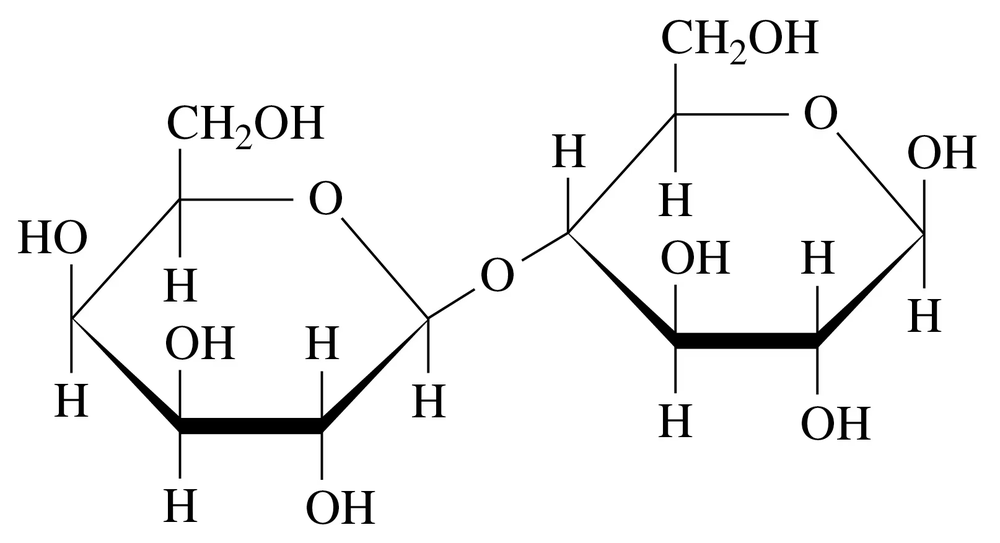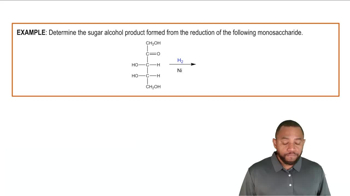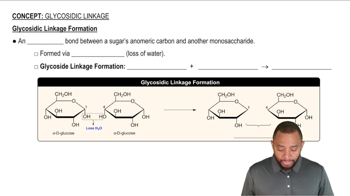Isomaltose, obtained from the breakdown of starch, has the following Haworth structure:
a. Is isomaltose a mono-, di-, or polysaccharide?

 Verified step by step guidance
Verified step by step guidance Verified video answer for a similar problem:
Verified video answer for a similar problem:



 3:39m
3:39mMaster Types of Disaccharides Concept 1 with a bite sized video explanation from Jules
Start learning